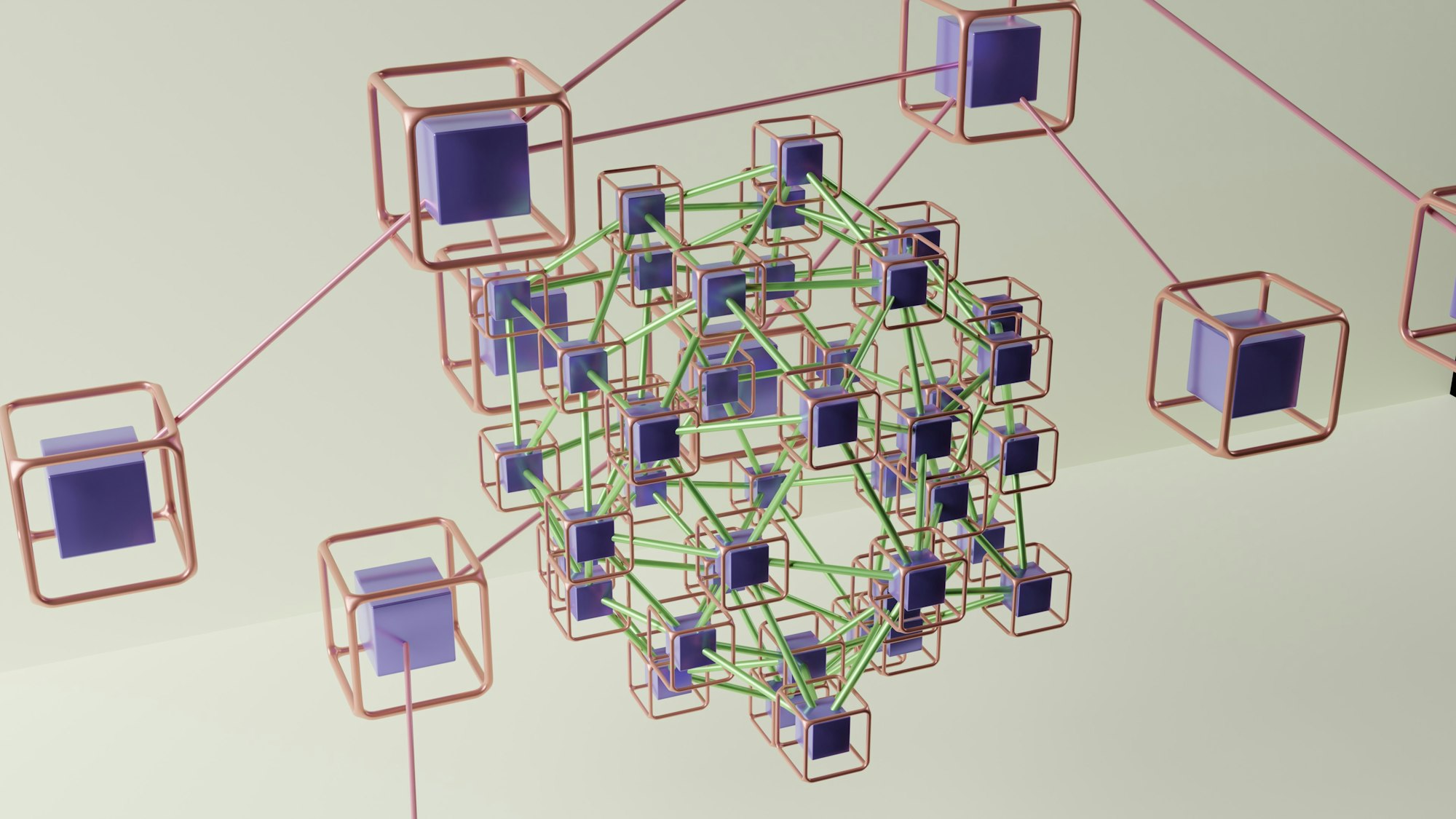Written with the help of my new friend, Node Weaver.
The latest trends in graph data science reflect the growing importance of understanding complex relationships and patterns within data. Here are some key trends:
Integration with Machine Learning and AI: Graph data science is increasingly being integrated with machine learning and AI techniques. This integration enables more sophisticated analysis, such as predictive modeling and anomaly detection in complex networks. Graph neural networks (GNNs), a type of neural network that operates directly on graph structures, are particularly significant in this area.
Real-time Graph Analytics: There's a growing demand for real-time graph analytics, driven by applications such as fraud detection, recommendation systems, and network monitoring. This requires scalable and efficient graph databases that can handle dynamic, real-time data updates and queries.
Graphs for Knowledge Graphs and Semantic Search: Knowledge graphs, which represent relationships between entities in a structured form, are being increasingly used in various domains, including search engines, e-commerce, and digital assistants. They help in improving the relevance and contextuality of search results and recommendations.
Graphs in Cybersecurity: The application of graph data science in cybersecurity is rising. Graphs are used to model network traffic, user behavior, and system interactions, which helps in detecting anomalies, understanding attack patterns, and enhancing threat intelligence.
Graph Embeddings: Techniques for graph embeddings, which represent graph vertices in a low-dimensional space, are evolving. These embeddings make it easier to apply machine learning algorithms to graph data and are crucial for tasks like clustering, visualization, and similarity analysis.
Expanding Use Cases: Graph data science is finding new applications in diverse fields such as healthcare (for patient data and medical research), supply chain management (for optimizing logistics and monitoring networks), and social network analysis (for understanding community dynamics and influence patterns).
Graphs in Cloud and Distributed Environments: The trend towards cloud-based and distributed graph processing frameworks is growing. These frameworks offer scalability and flexibility for handling large-scale graph data.
Advancements in Graph Query Languages: Improvements and standardizations in graph query languages, like GQL (Graph Query Language), are making it easier for data scientists and developers to work with graph data.
Ethical and Responsible Use of Graph Data: As with all data science fields, there's an increasing focus on the ethical and responsible use of graph data, particularly in terms of privacy, data governance, and bias.
Graph Data Science as a Service (GDaaS): The rise of Graph Data Science as a Service platforms, which offer cloud-based, user-friendly environments for graph analytics, is making these technologies more accessible to a broader range of users and industries.
Keeping up with these trends involves staying informed about the latest research, tools, and applications in graph data science, and considering how they can be integrated into existing systems and workflows to drive innovation and solve complex problems.
Connect
What are you working on lately?

